3D product configurators have become integral tools for eCommerce sellers. They serve a pivotal role in the selling process, allowing customers to actively shape and tailor products in real-time. Initially, these interactive applications found their niche in sectors like home furnishings, interior design and automotive. However, their utility has since transcended into realms such as fashion, furniture, electronics, and various consumer goods.
Across industries, it’s clear that those shopping online look for engaging product imagery when being sold to. While there are a variety of avenues available to eCommerce brands when creating these visuals, using 3D technology to produce captivating images comes out on top. Of 1,869 U.S. adults who shop online 66% said that 3D/AR visuals would increase their confidence that they’re buying the right product, 66% said they would be more interested in shopping on a website if it offered 3D/AR images and 42% say they would pay more for a product if they could see it in 3D/AR.

Harnessing the power of 3D modeling and visualization, product configurators empower customers to craft a product that is customized to their needs and wants by offering choices like colors, features, materials, size, design, and more. Offering shoppers the opportunity to be the decision-makers in their purchase results in an immersive and interactive online shopping journey where users customize products to their preferences using a 3D model.
In a world where customization is king, configurators are an effective way to allow customers to build and visualize products. This not only boosts buyer confidence but also provides clarity on pricing and reduces the likelihood of returns. With product configurators, buyers can explore their options comprehensively and be confident in their purchase before they hit ‘add to cart’.
Get the latest updates straight to your inbox.
By clicking sign up you'll receive occasional emails from imagine.io. You always have the choice to unsubscribe within every email you receive.
How Product Configurators Enhance The Online Shopping Experience
With the demand for online shopping showing no signs of slowing, eCommerce stores must bridge the gap between the in-person and online experience and find ways to engage customers and show their product offerings in detailed and enticing ways that inspire purchases.
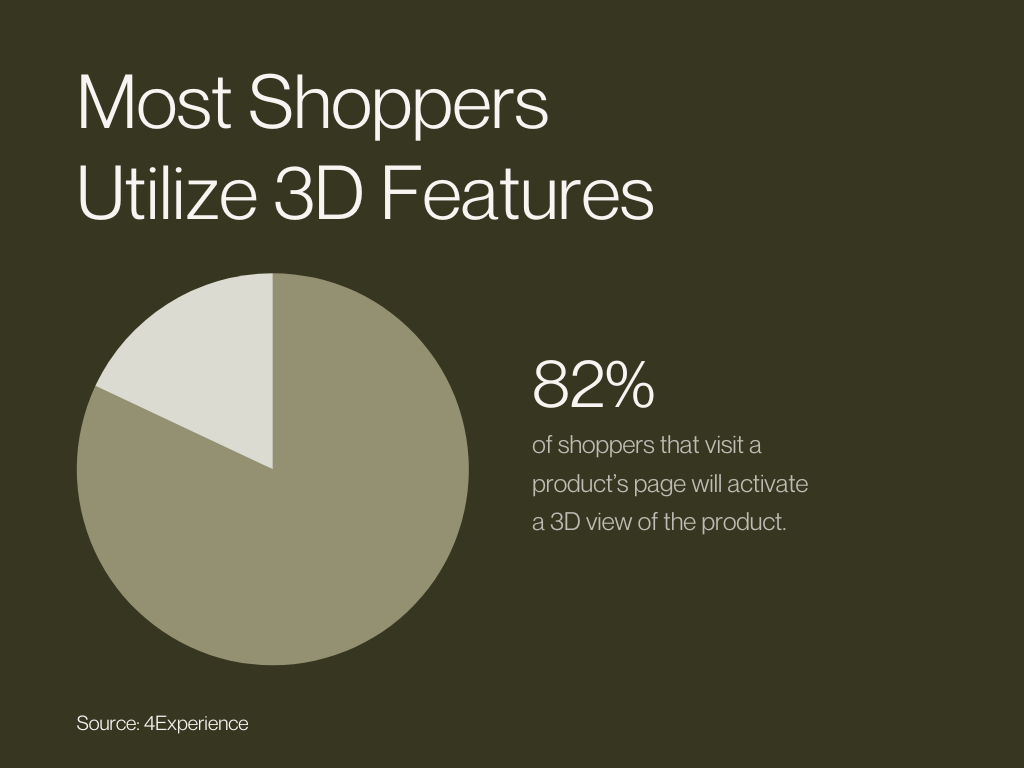
Enter 3D technology. With its wide range of capabilities, including product configurators, 3D outperforms 2D visuals everytime when it comes to online shopping. It’s clear that customers value the benefits the imagery provides, 82% of shoppers that visit a product’s page will activate a 3D view of the product. There are a variety of ways product configurators aid online shoppers and enhance their experience on an eCommerce site:
Visual Clarity: Product configurators provide a more detailed and accurate representation of products compared to traditional 2D images. Shoppers can view products from multiple angles, zoom in for closer inspection, and see how different customizations affect the final appearance.
Customization: Shoppers often seek products that cater to their specific needs and preferences. Product configurators allow customers to personalize products, choosing colors, materials, sizes, and features according to their tastes, which increases satisfaction and the likelihood of making a purchase.
Reduced Ambiguity: With 3D product configurators, customers can clearly see the product they're going to buy, reducing ambiguity and the risk of receiving a product that doesn't meet their expectations. This reduces the likelihood of returns and associated costs for both the shopper and the retailer.
Engagement: Interactive 3D configurators make the shopping experience more engaging and fun. Shoppers can experiment with different options, leading to increased time spent on the website and a higher chance of conversion.
Enhanced Decision Making: Product configurators empower customers with more information to make informed decisions. They can compare various configurations, visualize the final product, and assess how it fits into their lifestyle or environment, leading to more confident purchases.
Realism: 3D configurators offer a more realistic representation of the product than static images or text descriptions. This can be especially crucial for products like furniture, apparel, or electronics, where customers want to see how the item will fit into their physical space or how it will look when worn or used.
Reduced Product Returns: By allowing customers to visualize and customize products before buying, 3D configurators can significantly reduce the rate of product returns. This saves both customers and retailers time and money.
Product configurators enhance the online shopping experience by providing a more immersive, informative, and personalized interaction with products. They help reduce uncertainty, boost customer confidence, and ultimately drive sales, making them a valuable tool for both shoppers and online retailers.
With just 2.17% of global eCommerce visits ending in a purchase, online sellers must take a focused-approach to creating interactive customer experiences that keeps shoppers on an eCommerce site longer and increase sales.
4 Types Of 3D Configurators You Need For eCommerce
Product Configurator (Silhouette/Lifestyle)
Image configurators offer shoppers the ability to explore and customize products through high-quality images in various settings, both isolated (silo) and in real-life scenarios (lifestyle). These configurators enhance the shopping experience by providing a comprehensive visual representation of their products. Shoppers benefit from a clearer understanding of how products will look in different contexts with the ability to customize the product to their liking.
Example 1: Product Configurator - Lifestyle
Product is placed within a lifestyle scene to showcase aspirational visuals and can be customized by certain selections.
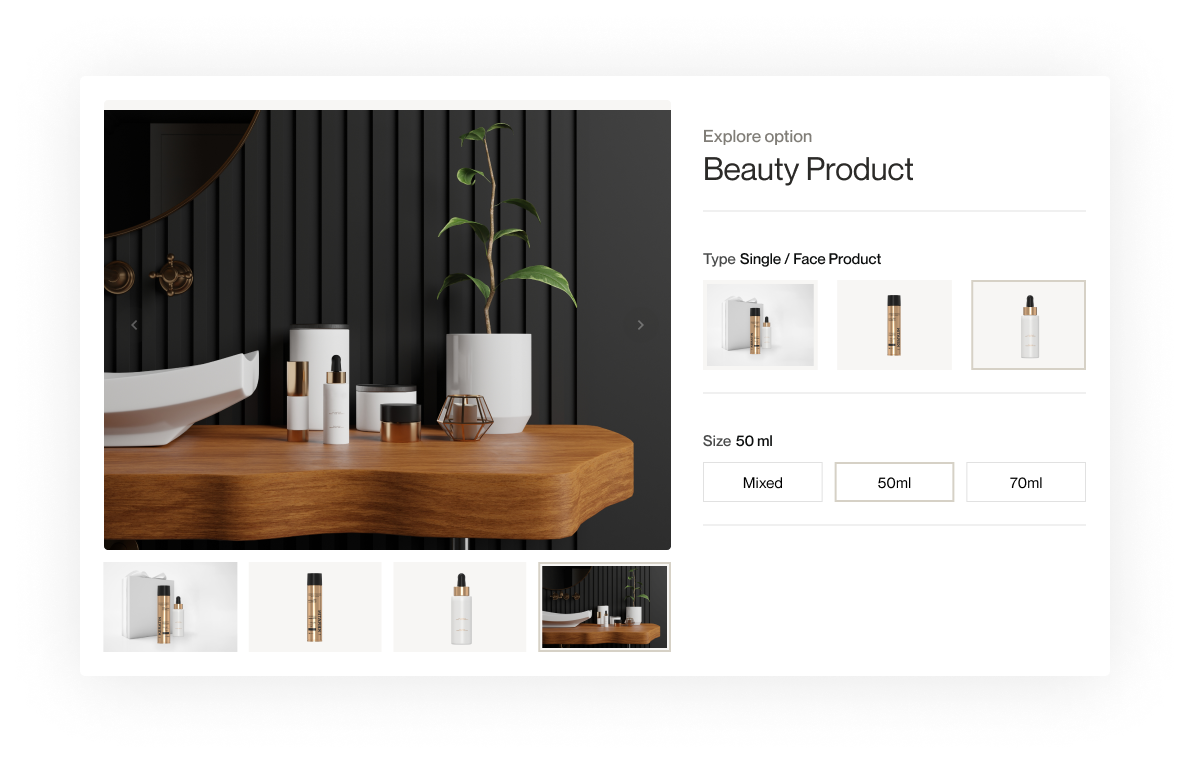
Example 2: Product Configurator - Silhouette
Silhouette of product is placed on white backdrop with customizable according to size or other selections.
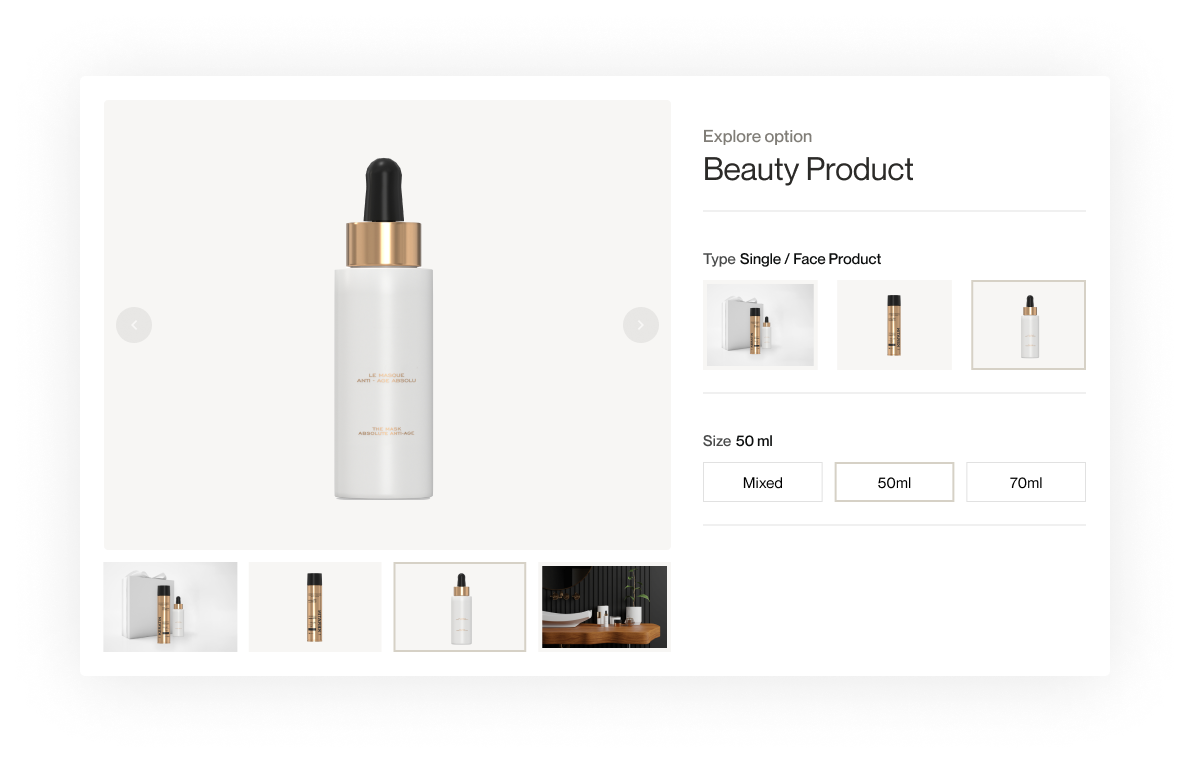
360 Degree Viewer (With/Without Customization)
360-degree viewers allow customers to interactively rotate and view products from all angles. With customization options, shoppers can personalize certain features of the product. This not only engages customers more deeply but also empowers them to tailor products to their preferences. By offering an enhanced, holistic view of the product, shoppers feel they understand the product and are more likely to make a purchase. This increased product understanding by the customer results in reduced returns, valuable customer insights, and ultimately better product development. The effectiveness of 3D visuals and 360° viewing is proven by home improvement retailer Home Depot, who saw 35% fewer product returns when it used 3D product configurators to enhance its online product catalog.
Example 1: 360-degree Viewer With Customization
Product is placed on white backdrop and is viewable from any angle with a number of customization options.

Example 2: 360-degree Viewer Without Customization
Product is placed on white backdrop and is viewable from any angle without the need for specific customizations.
Lifestyle Configurator with Full Customization (Size/Shape/Finishes)
Product configurators with full customization capabilities provide shoppers with the ability to modify a product's size, shape, and finishes to an enhanced degree to suit their specific needs. This level of personalization improves the customer experience tenfold by ensuring that the end product precisely matches their requirements to even the smallest of details. eCommerce retailers gain a competitive edge, as customers are more likely to choose products that perfectly align with their preferences, leading to increased sales and brand loyalty.

3D Viewer/AR
3D viewers and AR technology provide shoppers with an immersive, detailed view of products and allow them to visualize how these products will look within their own homes or settings. For eCommerce retailers, this technology bridges the gap between the online and in-store experience, boosting customer confidence and reducing purchase hesitation. Shoppers can make more informed decisions, resulting in fewer returns and higher conversion rates, while retailers benefit from increased customer satisfaction and trust in their online shopping platform.
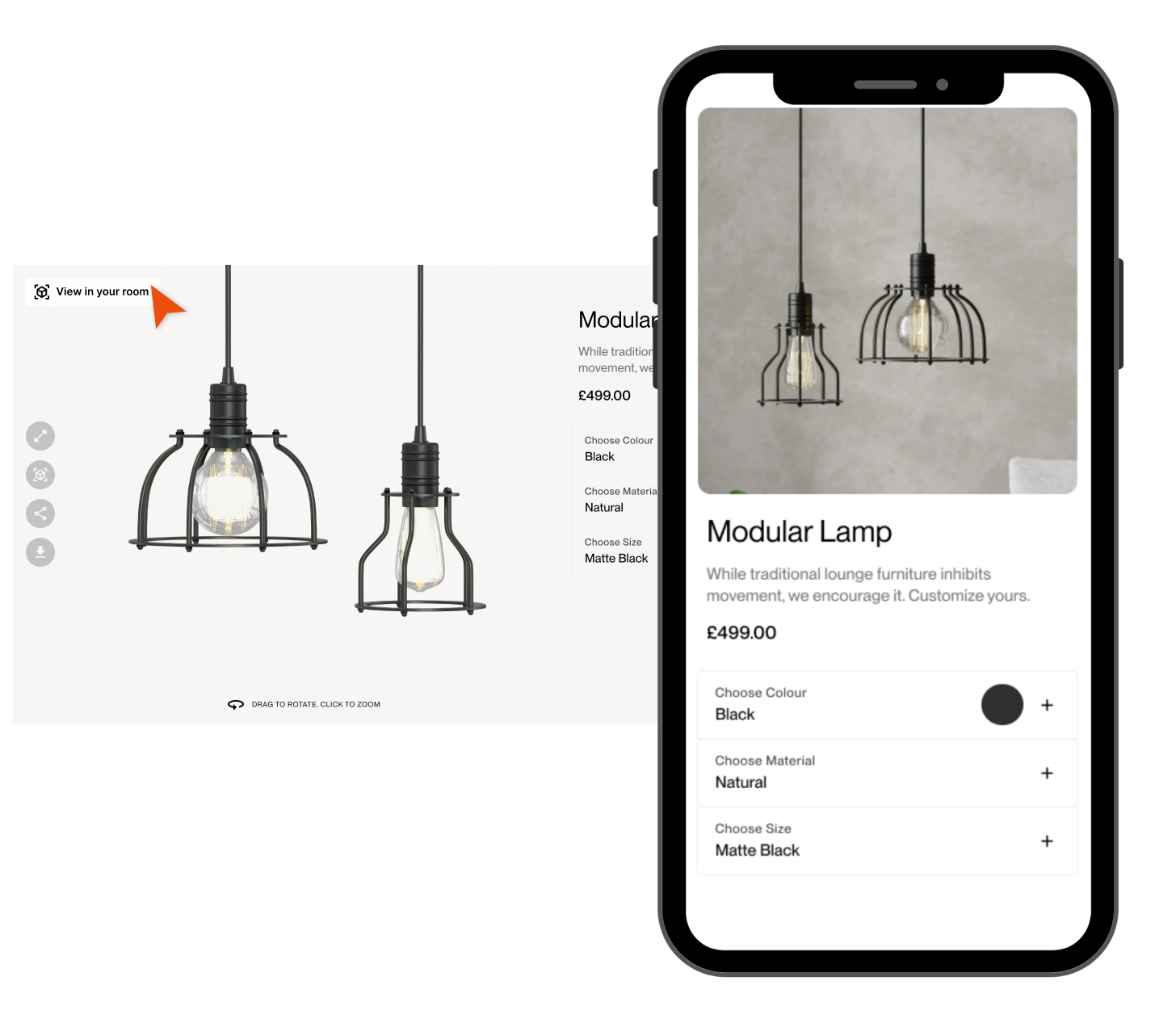


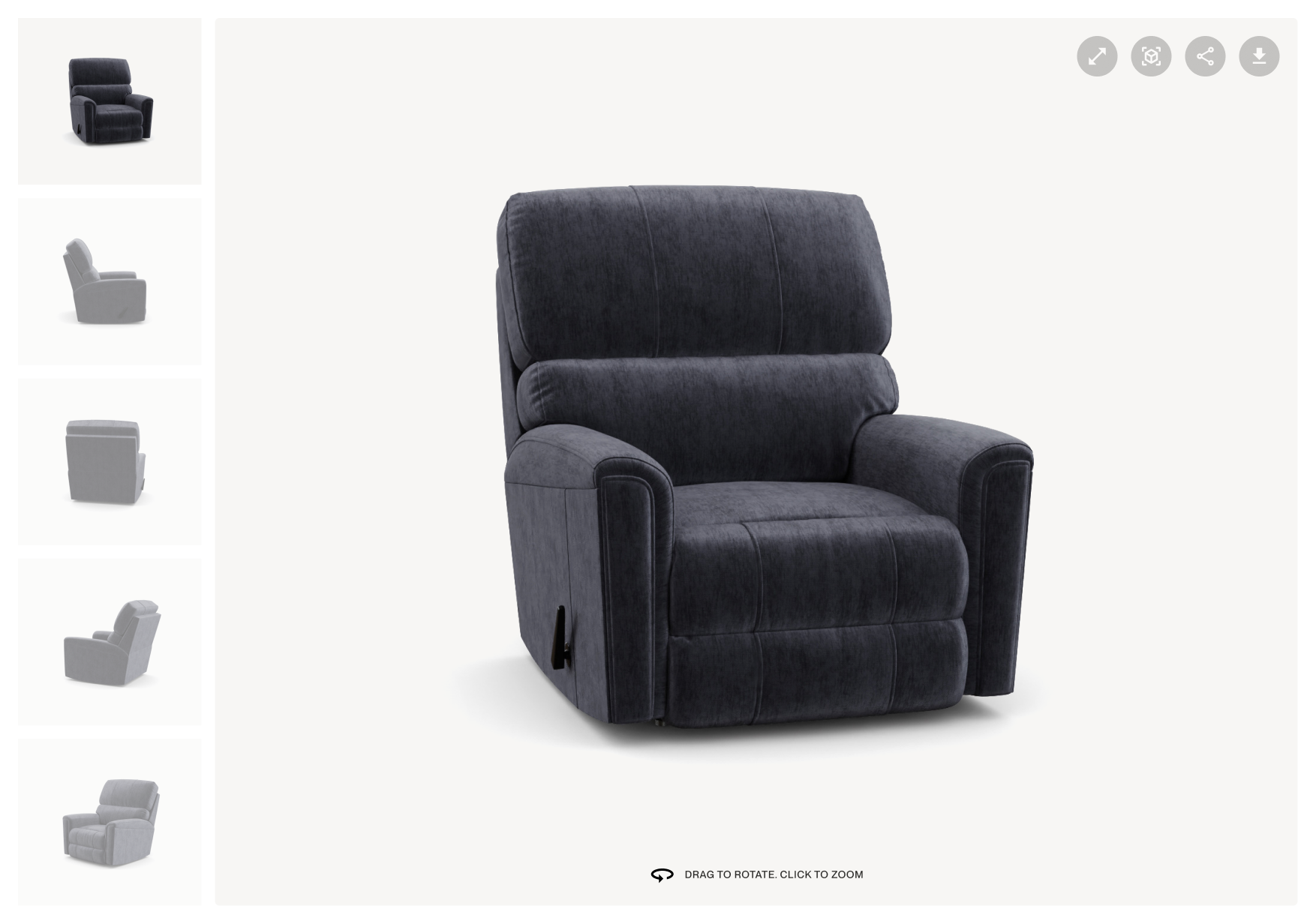


.png?width=500&name=How%20to%20Add%20a%203D%20Product%20Configurator%20to%20Your%20WordPress%20Website%20(Complete%20B2B%20Guide).png)



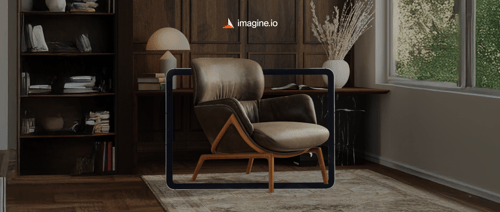
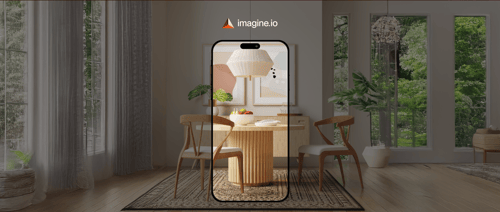











%20(1).png?width=500&name=Why%20Exploded%20Mattress%20Views%20Matter%20(And%20How%20to%20Generate%20Them)%20(1).png)
.png?width=500&name=Best%20Shopify%20Product%20Configurator_%20How%20to%20Choose%20the%20Right%20One%20(2).png)
.png?width=500&name=Why%20Exploded%20Mattress%20Views%20Matter%20(And%20How%20to%20Generate%20Them).png)



.png?width=500&name=Best%20Shopify%20Product%20Configurator_%20How%20to%20Choose%20the%20Right%20One%20(1).png)







.png?width=500&name=How%203D%20Rendering%20Can%20Make%20or%20Break%20Your%20Industrial%20Design%20Pitch%20(1).png)








%20with%20Digital%20Twins%20and%203D%20Visualization.png?width=500&name=Optimizing%20Your%20Digital%20Asset%20Management%20(DAM)%20with%20Digital%20Twins%20and%203D%20Visualization.png)




.png?width=500&name=Styling%20Home%20Decor%20for%202025_%20From%20Global%20Influences%20to%20Playful%20Personalization%20(1).png)

